Avoiding the “Crowded” Cannabis Trademark Fields
Earlier this year, sociologist James I. Bowie published an article for Slate Magazine arguing that the marijuana leaf has become so ubiquitous in cannabis branding as to be visually indistinct. "Marijuana Branding Needs a Makeover," the headline declared. Bowie's position understandably created some controversy among cannabis activists, but it came as no surprise to trademark attorneys who have long been helping our clients balance a desire to honor marijuana's heritage with the need to create a distinct -- and therefore protectable -- cannabis brand.
According to Bowie,
The problem with the leaf in a marijuana business logo is that it is so commonly used that it acts as a symbol of merely the general category, rather than of the specific brand. Such visual clichés can be found in many fields, stemming from tradition (such as the use of striped poles as symbols for barbers) or obviousness (like dentists employing tooth logos). . . . This is fine when the category is more important than the brand. If you need a quick haircut or your molar is killing you, you’ll look for the first striped pole or tooth logo you can find. Because legal pot is still a novelty, the leaf itself is enough to attract business. But as marijuana becomes legally available on a more widespread basis, its branding is going to have to move beyond the generic leaf to incorporate more distinctive visual elements.
As trademark lawyers we can certainly understand Bowie's perspective. The marijuana leaf tells patients and customers that you sell cannabis. A distinctive brand communicates much more.
But it's complicated. Many cannabis businesses incorporate marijuana imagery into their branding to honor those who fought to bring about what today we call the "cannabis industry," and to root themselves in a long tradition of cannabis cultivators and activists. The iconic value of the marijuana leaf and the history it represents should not be understated.
If your company is considering adopting a trademark that incorporates traditional marijuana imagery, it's critical to understand what makes a trademark distinctive, and why adopting a commonly-used word or image may make protecting and enforcing your brand both difficult and costly.
Avoiding “Crowded” Cannabis Trademark Fields
In our last post, we explained the importance of choosing a "distinctive" trademark and avoiding a mark that merely describes your goods or services. But even if a mark is not descriptive, it could still be considered weak if it exists in a “crowded” trademark field. A “crowded” trademark field results when there is wide use of a term in a particular industry by multiple parties. Widespread use of marks containing a certain shared term suggests that consumers are conditioned to look to other elements of the mark as a means of distinguishing the source of the goods or services in a field. Therefore, the commonly used term is considered diluted, and weakly protected.
With respect to the cannabis industry, the following are just some of the marks and prefixes that find themselves in "crowded fields:"
Canna Mari- Green Emerald Weed 420 Med- Herbal
Choosing a mark that contains one of these common cannabis terms presents a double-edged sword. On the one hand, your risk associated with using the mark is hard to measure because it is difficult to know if any one entity already using the term will object to your use. On the other hand, all of the users within the crowded trademark field are granted a tiny slice of the pie when it comes to trademark rights and enforcement. This means that competitors may come closer to using a mark that is similar to yours without violating your rights. Thus, you and everyone else in the crowded trademark field are all similarly limited in the scope of rights and protection you can claim in the mark.
Challenges of Enforcing Common Marks
Although it may be tempting to select a mark that incorporates one of the common cannabis related terms, you have to consider whether the additional enforcement challenges are likely to hinder your long-term sustainable business success. The cannabis market is rapidly developing, and there is a continuously expanding pool of businesses and products. By selecting a weak trademark, the risk of another business using your same mark drastically increases. Additionally, it is important to note that the cost to enforce your rights against sporadic instances of infringement is very different than constantly being on the defense.
Prior to selecting any mark, no matter how strong, it is essential to do your due diligence and perform a clearance search to ensure there are no prior conflicting users. Selecting a creative and strong trademark not only helps consumers remember your brand, but it also enables you to establish exclusive ownership of the mark and better control its use in the marketplace. Reach out to us to discuss the strength and availability of the trademark you've chosen.

